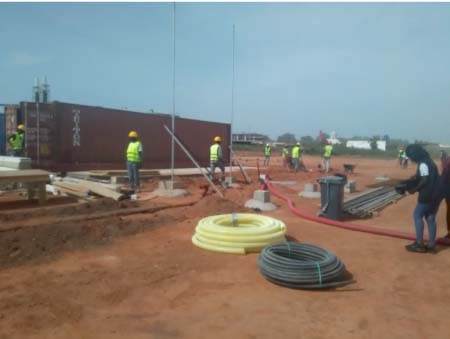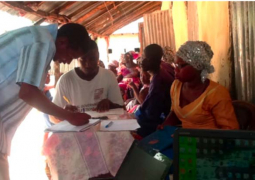
The
media last Monday embarked on a two- day visit to project sites of The Gambia
River Basin Development Organisation (OMVG) in West Coast and Lower River
regions respectively.
The
media was led by the OMVG officials from The Gambia and Senegal, with the
objective of getting first-hand information on progress made in the
implementation of the energy project and the positive impacts on the lives of
the people living within those areas.
Bai
Lamin Sillah, the national coordinator of the OMVG projects in The Gambia, said
the purpose of the visit was to brief the media about the ongoing works at the
project sites. “You have seen the works that has just started going on”, he
told the press.”
Saikou
Sanyang, deputy permanent secretary at the Ministry of Environment, Climate
Change and Natural Resources, said The Gambia River Basin Development
Organisation is a sub-regional basin organisation created on 30 June, 1978,
comprising The Gambia, Guinea Bissau and Senegal.
DPS
Sanyang explained that the OMVG High Commission is the executing agency of the
integrated development programmes of the four member states for a rational and
harmonious exploitation of the common resources of The Gambia.
According
to him, the OMVG project consists of the construction of the Sambangalou
Hydroelectric dam with an installed capacity of 128 MW and a 225-KV power
transmission line stretching across 1,677 km with 15 high voltage/medium
voltage substations and two dispatching centers.
The
total cost of the International Line and the Sambangalou Hydroelectric dam is
estimated at USD 1,147,462,262.
Bakary
Sanyang, governor of Western Coast Region who welcomed the team to his region,
said the land owners were compensated because it was their lands that were
being used as working ground.
Governor Sanyang informed journalists that the
sub-station is about 300 square metres, adding that the problems of electricity
were known to everyone in the country especially in terms of internet. “So now
with the coming of the OMVG project, we have the flexibility of having more
data coming in.”
Read Other Articles In Article (Archive)


